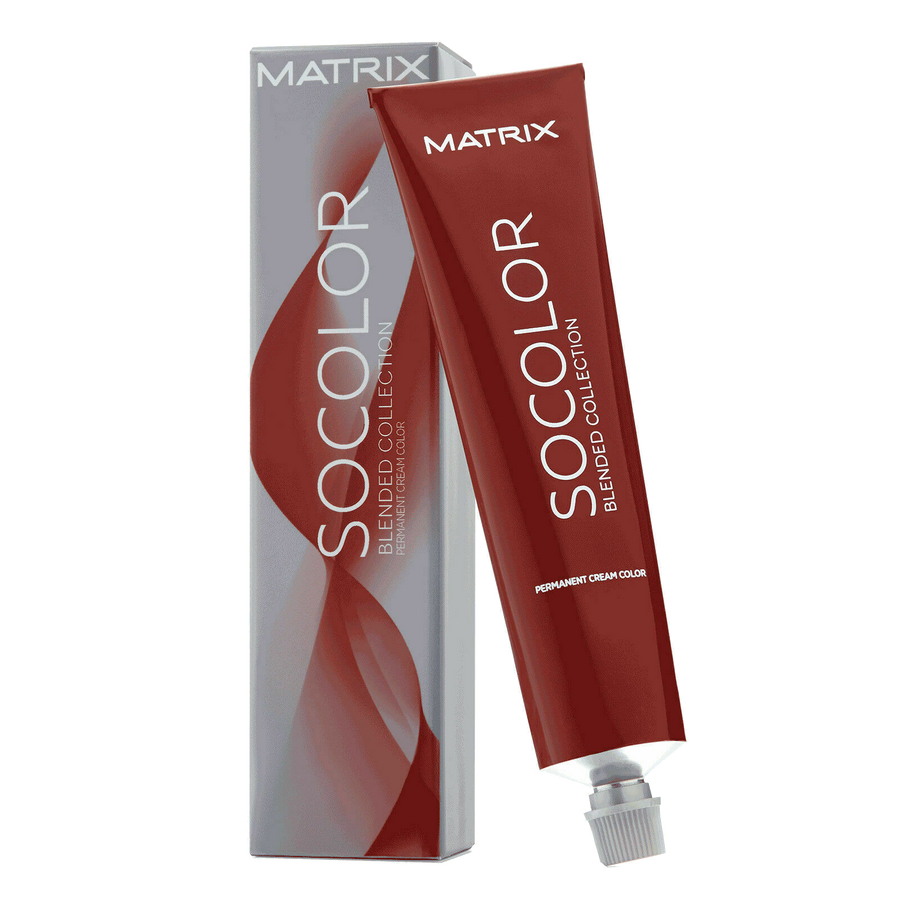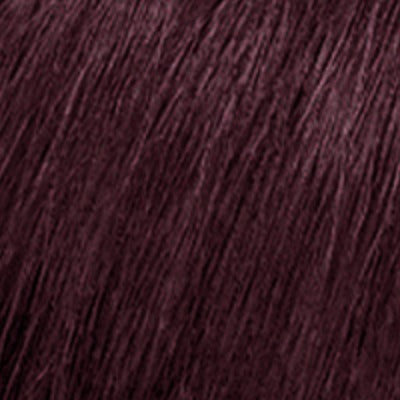How to Find the Best Shampoo for Your Hair
Finding the perfect shampoo for your hair can feel like solving a puzzle. With hundreds of options available, how do you know which one will work best for you? Choosing the right shampoo is crucial because it lays the foundation for healthy, beautiful hair. Whether you have oily roots, dry ends, or curly locks, using the right shampoo makes a huge difference.
Your hair type and scalp condition are vital factors that determine which shampoo will suit you best. You might need a shampoo that adds moisture, controls oil, or protects colour-treated hair. Understanding what your hair needs is the first step in narrowing down your choices.
In this article, we'll guide you on how to identify your hair type and scalp condition, point out key ingredients to look for in shampoos, teach you how to read shampoo labels effectively, and share tips for testing and selecting the perfect shampoo. By the end of this guide, you'll be equipped with all the knowledge you need to make an informed choice for your hair. Let's dive in and find that perfect match for your luscious locks!
Understanding Your Hair Type and Scalp Condition
Before choosing a shampoo, it’s important to understand your hair type and scalp condition. These factors play a huge role in selecting a product that will meet your specific needs.
- Oily Hair: If your hair becomes greasy quickly, you have oily hair. This hair type often needs a shampoo that removes excess oil without stripping the scalp of natural moisture. Look for shampoos that are specifically labelled as “oil control” or "clarifying."
- Dry Hair: If your hair feels rough, frizzy, or brittle, it is likely dry. Dry hair craves moisture, so opt for hydrating shampoos enriched with nourishing oils and proteins.
- Combination Hair: This type refers to hair that has oily roots but dry ends. If this is your case, a balancing shampoo is the best choice. It cleanses the scalp without further drying out the ends.
- Curly Hair: Curly hair tends to be dry because the natural oils from the scalp have a harder time travelling down the hair shaft. Shampoos for curly hair should be moisturizing and free of sulphates to retain natural curls and prevent frizz.
- Straight Hair: Straight hair can get greasy faster because oils spread more easily along the hair shaft. Look for light, volumizing shampoos that don’t weigh the hair down.
- Scalp Conditions: If you have issues like dandruff or a sensitive scalp, you need a shampoo that addresses these problems directly. Shampoos containing ingredients like tea tree oil or salicylic acid can help with dandruff, while hypoallergenic products are best for sensitive scalps.
Knowing your hair type and scalp condition helps narrow down the choices and select the shampoo that will keep your hair looking its best.
Key Ingredients to Look for in Shampoos
Different hair needs different care, and the ingredients in your shampoo make all the difference. Here’s a guide to some key ingredients to keep an eye out for based on your hair's needs:
-
Moisturizing Ingredients:
- Aloe Vera: Great for soothing and hydrating the scalp.
- Argan Oil: Known for its moisturizing properties, ideal for dry and frizzy hair.
- Shea Butter: Adds moisture and softness, perfect for curly and dry hair.
-
Strengthening Ingredients:
- Keratin: A protein that helps strengthen and repair damaged hair.
- Biotin: Enhances hair strength and thickness, ideal for thin or weak hair.
- Collagen: Adds elasticity and strength, preventing breakage.
-
Cleansing Ingredients:
- Tea Tree Oil: Helps with dandruff and maintains a healthy scalp.
- Salicylic Acid: Exfoliates the scalp, great for dandruff and oily hair.
- Charcoal: Detoxifies and thoroughly cleanses, suitable for oily hair types.
-
Volumizing and Thickening Ingredients:
- Panthenol (Vitamin B5): Adds volume and shine, suitable for fine hair.
- Rice Protein: Strengthens and adds body, perfect for limp hair.
- Silk Protein: Provides volume while adding a silky texture to the hair.
-
Colour Protection Ingredients:
- UV Filters: Protects colour-treated hair from sun damage.
- Antioxidants: Maintains colour vibrancy, suitable for dyed hair.
- Sunflower Extract: Natural UV protection that helps preserve hair colour.
Understanding these key ingredients helps you make informed choices, ensuring your shampoo meets your hair needs perfectly. Keep an eye out for these when picking your next shampoo.
How to Read Shampoo Labels Effectively
Reading shampoo labels can feel like cracking a code, but it is essential for choosing the right product. Here’s how to decode the information:
- Ingredients List:
- Check the first five ingredients, as they make up most of the product. Ingredients are listed in order of concentration.
- Avoid shampoos with harsh sulfates (like Sodium Lauryl Sulfate) if you have sensitive skin or dry hair. These can strip the natural oils from your hair.
- Look for natural ingredients such as aloe vera, argan oil, and shea butter for hydration and nourishment.
- Label Claims:
- Be cautious with terms like "all-natural" or "organic," which are often marketing terms and not strictly regulated. Look for certification if you seek true organic products.
- For colour-treated hair, look for shampoos labeled “colour-safe” to protect your hair dye from fading quickly.
- pH Level: Shampoos should have a balanced pH to match your scalp’s pH, generally between 4.5 and 5.5. This helps maintain the scalp’s natural barrier and prevents irritation.
- Expiry Date: Check the expiry date as using old products can be ineffective or even harmful. Hair care products lose their potency over time.
By understanding shampoo labels, you can make informed decisions and choose products that keep your hair healthy and strong.
Tips for Testing and Choosing the Right Shampoo
Choosing the right shampoo involves a bit of trial and error, but these tips can help streamline the process:
- Start with Small Bottles: When trying a new shampoo, buy a small bottle or sample size first. This saves you money if the product doesn’t work for your hair.
- Patch Test: Before using a new shampoo, do a patch test. Apply a small amount to your inner wrist or behind your ear to check for any allergic reactions.
- Observe Immediate Results: After the first wash, note how your hair feels. Does it feel clean and soft, or dry and tangled? Immediate results can give clues about the shampoo’s effectiveness.
- Give It Time: Sometimes, it takes a few washes for your hair to adjust to a new shampoo. Use it consistently for at least two weeks to judge its true effects.
- Listen to Your Hair: Pay attention to how your hair responds over time. If it stays healthy, shiny, and manageable, you’ve likely found a good match. If not, keep looking.
- Consult Reviews and Recommendations: Look at reviews from people with similar hair types. Recommendations can point you toward products others with your hair concerns love.
Finding the right shampoo might take a little effort, but it is worth it when you see the results in healthy, happy hair.
Conclusion
Finding the best shampoo for your hair involves understanding what your hair needs and learning how to read product labels. With a bit of research and testing, you can discover shampoos that cater to your hair type and improve its overall health.
Healthy hair starts with the right shampoo. By knowing which ingredients to look for and how to test new products, you can make better choices for your hair care routine. Avoid common mistakes and take the time to find the perfect product that works for you.
Ready to find your new favourite shampoo? Explore the wide range of premium hair and beauty products at Smooth & Charming. Whether you need moisture, volume, or colour protection, we have something for every hair type. Visit Smooth & Charming today and give your hair the care it deserves!




